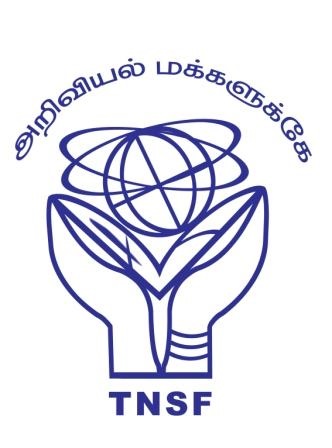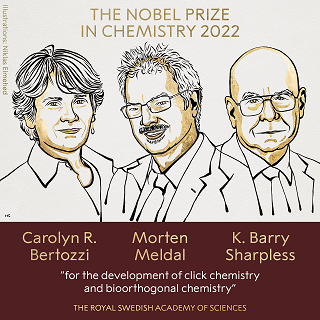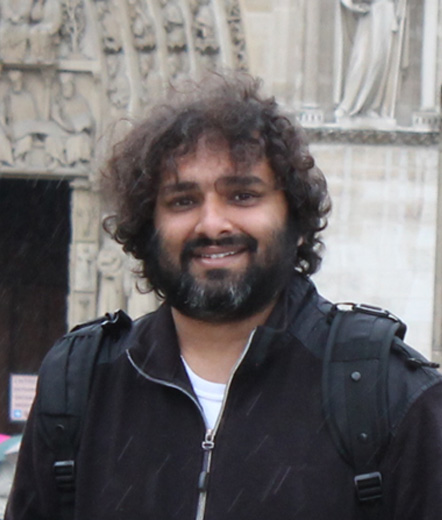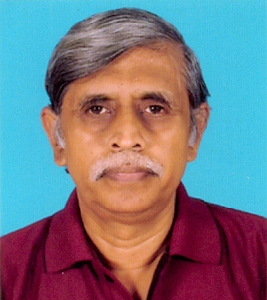About Program

This is part of its efforts to popularize science to the general public and students who are pursuing science as their career. TNSF attempt to focus on students on higher science as everyone knows that learning of science at college within the curriculum is not enough to acquire holistic knowledge of science at the appropriate time. Hence, to fill the gap between what students are acquiring through the curriculum and what it is required, TNSF is planning its activities on higher science to students who are pursuing higher education.

About the Lecture Click chemistry is a term that initially described reactions giving the high yield and selectivity products by carbon-hetero bond formation reactions. The word “click” referred to easily joining molecular building blocks as two pieces of a seat belt buckle. Barry Sharpless coined the concept of click chemistry, where molecular building blocks snap together quickly and efficiently. In 2002, Sharpless and Morten Meldal, independently of each other, developed an elegant and efficient chemical reaction: the copper-catalyzed azide-alkyne cycloaddition. This is now in widespread use and is utilized in the development of pharmaceuticals, for mapping DNA and creating new materials. Around 2000, Carolyn Bertozzi started utilizing click chemistry in living organisms. She developed bioorthogonal reactions which take place inside living organisms without disrupting the normal chemistry of the cell. These reactions are now used to explore cells, track biological processes, and improve the targeting of cancer pharmaceuticals. Barry Sharpless and Morten Meldal are awarded the Nobel Prize in Chemistry 2022 because they brought chemistry into the era of functionalism and laid the foundations of click chemistry. They share the prize with Carolyn Bertozzi, who took click chemistry to a new dimension and began using it to map cells. Her bioorthogonal reactions are now contributing to more targeted cancer treatments, among many other applications.

